Retro Replay Review
Gameplay
Rejoice: Aretha Ōkoku no Kanata departs from the classic turn-based format of its SNES predecessors and embraces a real-time action RPG design. Players control one of four nimble thieves, each armed with a weapon that can carry different elemental charges. Combat unfolds seamlessly in the overworld and dungeons, with monsters roaming freely and requiring quick reflexes to dodge and counterattack. The pause-and-menu feature is a welcome inclusion, allowing you to swap characters mid-battle, mix and match items, and adjust strategies on the fly.
(HEY YOU!! We hope you enjoy! We try not to run ads. So basically, this is a very expensive hobby running this site. Please consider joining us for updates, forums, and more. Network w/ us to make some cash or friends while retro gaming, and you can win some free retro games for posting. Okay, carry on 👍)
Character switching is more than a cosmetic choice: each thief specializes in unique elemental affinities, from fiery blades to chilling ice staves. Experimenting with different team compositions becomes essential when tackling elemental puzzles in ancient ruins or exploiting a boss’s vulnerability. The ability to jump—though not central to traversing obstacles—adds a layer of verticality to exploration, occasionally revealing hidden passages or treasure chests tucked away in higher ledges.
Outside of combat, Rejoice encourages careful resource management. Towns dotted across the flooded landscape offer shops for weapons, armor, and consumables, but funds are never infinite. Scavenging ruins and defeating foes grants gold and rare crafting materials. This cycle of exploration, loot gathering, and strategic shopping fuels a rewarding sense of progression. While grinding can feel necessary at times, the game cleverly intersperses side stories and mini-dungeons to keep the pace engaging.
Graphics
Visually, Rejoice builds on the pixel-art heritage of the Aretha series but infuses brighter colors and more dynamic animations. Character sprites are expressive and fluid, capturing the roguish attitude of the four thieves as they dash through battlegrounds or perform flashy elemental attacks. Environmental tilesets vary from swampy remnants of the flooded village to lush forest corridors, each rendered with a surprising amount of detail for a game of its era.
Special effects stand out when elemental weapons are used: sparks of electricity, cascades of water, and bursts of flame all display smooth frame-by-frame animations. Boss encounters often feature larger, more intricate sprites, ensuring that climactic battles feel cinematic. Even during exploratory segments, subtle weather effects—drizzling rain or drifting fog—help bring the world to life and underscore the semi-serious tone of the narrative.
The user interface remains clean and unobtrusive, with menus that are easy to navigate when pausing in the heat of combat. While the lack of scaling can sometimes make text appear small, labels and icons are well-designed, and shops clearly display item stats and prices. Overall, the game’s visual presentation strikes a perfect balance between nostalgic charm and technical polish.
Story
Rejoice begins in a small riverside village where four thieves—mischievous but not malevolent—lead an idle life of petty heists. A devastating flood upends their routine, washing one member, Treno, onto a distant shore. There he meets a cryptic old wizard whose guidance leads them into an enchanted forest. From the first town to the deepest dungeon, the plot weaves between lighthearted banter and serious stakes, maintaining a semi-comical yet weighty atmosphere.
As the party pieces together clues, the narrative gradually reveals that the Demon King Howard is orchestrating calamity across the realm. Unlike typical save-the-world tales, the heroes’ morally ambiguous beginnings—robbing travelers and raiding coffers—offer a fresh perspective on villainy and heroism. Side dialogues with villagers and townsfolk further flesh out the protagonists, giving each thief a personal motivation to stop Howard and restore their home.
Dialogue is witty and occasionally self-aware, poking fun at RPG clichés while still delivering heartfelt moments. Key plot twists are well-timed, and boss reveals carry genuine tension. Though the connection to previous Aretha titles is minimal, veterans will appreciate subtle nods and recurring motifs, making Rejoice feel both standalone and part of a broader universe.
Overall Experience
Rejoice: Aretha Ōkoku no Kanata is a welcome reinvention of the Aretha franchise, blending real-time action with semi-serious storytelling. Its fluid combat, elemental weapons system, and character-switching mechanics keep every encounter dynamic. Exploration and resource management add depth, encouraging players to balance risk and reward as they delve into ancient ruins for treasure.
The game’s vibrant pixel art and smooth animations, coupled with a soundtrack that shifts seamlessly between playful and ominous, create an immersive atmosphere. Though stringing together dungeons can feel repetitive at times, the clever insertion of side quests and environmental puzzles breaks the rhythm in satisfying ways. Combat difficulty is well-tuned—challenging for newcomers yet fair once you master elemental counters.
For fans of SNES-era RPGs, especially those curious about a more action-oriented Aretha adventure, Rejoice delivers an engaging package. Its unique tone—half comedy, half drama—along with its satisfying gameplay loop makes it a standout title worthy of both series aficionados and new players seeking a charming, action-packed quest.
 Retro Replay Retro Replay gaming reviews, news, emulation, geek stuff and more!
Retro Replay Retro Replay gaming reviews, news, emulation, geek stuff and more!
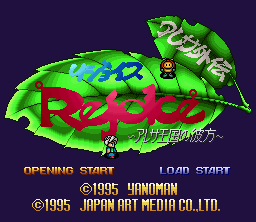
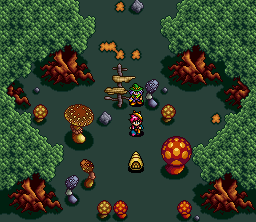
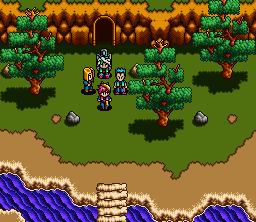
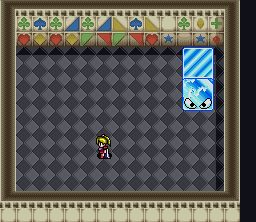
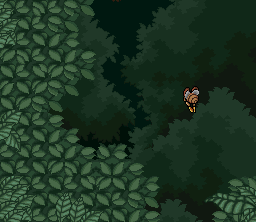
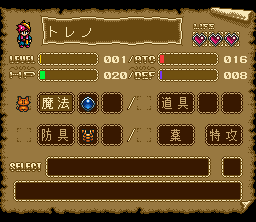



Reviews
There are no reviews yet.